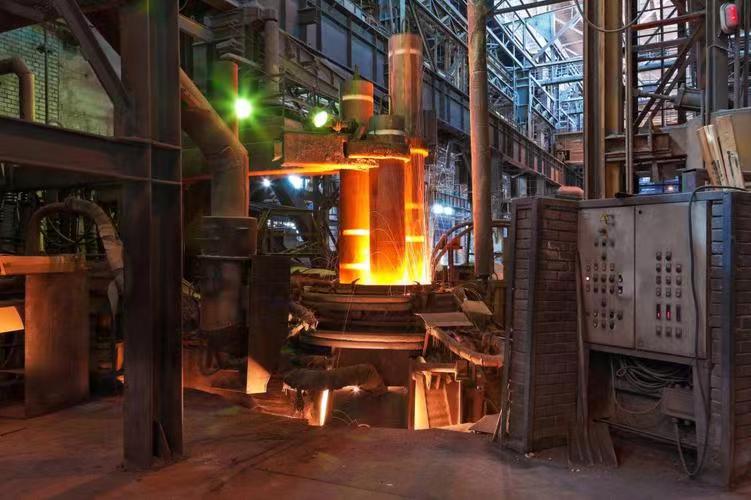Known for its unique properties, graphite has carved a niche for itself as a remarkable industrial material. The high thermal and electrical conductivity, impressive melting point, and low coefficient of thermal expansion make it an industry favorite. However, its density is less spoken about, yet a significant attribute that greatly impacts the mechanical characteristics and, consequently, the spectrum of its applications.
Table of Contents
Toggle
Interpreting Graphite Density and Its Mechanical Implications
The density of a material is defined by its mass per unit volume, and for graphite, the crystal density is approximately 2.25g/cm3. This figure is of immense importance since it profoundly influences the mechanical attributes of graphite. High-density graphite showcases superior strength, rigidity, and hardness, primarily due to its impact on interlayer bonding strength. The closer the layers, the stronger the bonds; hence, the better the mechanical features.
Thermal conductivity is yet another critical attribute influenced by its density. High-density graphite provides better thermal conductivity as the density affects the number of contact points between the layers. More contact points translate to better thermal conductivity, making graphite thickness an essential consideration for high-temperature applications.
Density-Driven Applications
Its high density, especially that of isostatically pressed graphite, lends itself to many applications across sectors such as aerospace, automotive, and energy.
In the aerospace industry, its strength and thermal conductivity are harnessed for manufacturing components like rocket nozzles, heat shields, and re-entry vehicles.
In the automotive sector, the lightweight yet robust graphite finds use in producing brake pads, clutches, and gaskets. Its stable friction coefficient, wear resistance, and thermal conductivity make it ideal for high-load, high-speed applications.
In the energy sector, its uses range from creating graphite electrodes for electric arc furnaces to anode block and cathode blocks for aluminum smelting, typically using compression molding during manufacturing.
Gauging Graphite Density: Methods Employed
Two primary methods are employed to measure the density of graphite – mercury porosimetry and Archimedes’ principle.
Mercury porosimetry involves measuring the shift in pressure within a mercury-filled chamber as a sample is introduced. Subsequently, the sample’s volume is used to calculate its density, making it an efficient method for evaluating porous graphite.
On the other hand, Archimedes’ principle calculates the density by measuring the buoyant force exerted on a sample when submerged in a liquid. This method is beneficial for assessing irregularly shaped samples.
Environmental Considerations
The use of high-density graphite also has environmental implications. Due to its ability to withstand high temperatures, it is often used as an electrode in energy-intensive processes like metal smelting or electric arc furnaces, which require materials that can handle the heat. When graphite is used as an electrode, RP, HP and UHP graphite electrodes are used in electric arc furnaces, ladle refining furnaces and submerged arc furnaces. Additionally, it is a sustainable choice as it is naturally abundant and can be recycled, reducing the need for more energy-intensive materials.
Conclusion
To sum up, the density of graphite is a crucial determinant of its mechanical properties and, consequently, its industrial applications. With its potential applications expanding into various sectors like aerospace, automotive, and energy, its prominence in the industrial landscape continues to rise.




